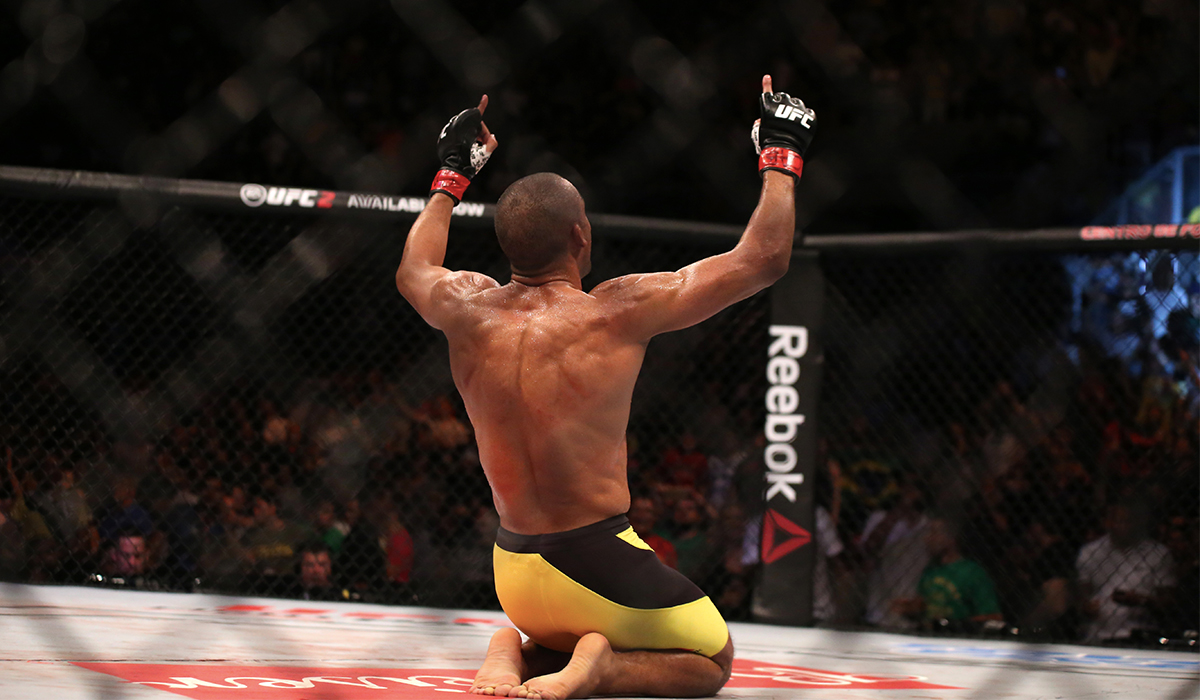How to Watch the Ultimate Fighting Championship
For even the most diehard stick and ball sports fan, the names Ronda Rousey and Conor McGreggor must ring a bell. To many, the Ultimate Fighting Championship (UFC) seems like a circus act: grown men and women pummeling each other for an oversized belt buckle.
But you’re not shallow; you know there must be more depth to the fastest growing sport on earth. Why else would it have entered the modern zeitgeist so deeply? So here you are, you’ve decided to take the plunge and prepare yourself for your first UFC fight, watching it that is.
Look no further than this quick guide to prepare yourself for a night at the fights. We’ve summed the essential intel up, from the unusual terminology to the weight classes, rankings, and beyond. All you’ll need is a few extra bucks for a UFC subscription, and you’ll be ready to throw down.
Ring the bell; it’s time to get it on!

UFC vs. MMA – United but Different
First and foremost, know that the UFC is a promotional body and that it is not a sport in and of itself. Mixed Martial Arts (MMA) is the sport of choice for the UFC, so when you and your buddies sit down to take in the hostilities, keep this fact top of mind!
MMA, as the name would imply, is a mixed modality combat scenario. Competing athletes combine boxing, karate, jiu-jitsu, wrestling, and judo to form their cohort of combat skills.
UFC Vernacular
Let’s first dig into the match lingo, so you know how these things play out.
A “bout” is another name for a match. When reviewing the card or lineup of fights about to take place, each pairing constitutes a bout.
The conclusion of the bout itself will result from either a knockout (pretty self-explanatory), a submission (losing fighter quits with a tap), or a decision (an instance in which the judges must call who knocked whom around the most).
Bonus points if you’re able to work a few of these fighting terms into the evening:
A “clinch” is a situation where both fighters remain standing, but they’ve wrapped themselves like warring snakes.
A “takedown”, which typically proceeds the clinch, is, effectively, one fighter forcing the other to the ground.
From there, the fight usually progresses into more jiu-jitsu specific positions and, ultimately, its conclusion.
You remember the three ways a match ends, right? Say it with us: knockout, submission, or decision.
UFC Rules
Though it may appear that there are no rules in this sport, a list has been devised and is a mortal sin to break in the octagon.
The groin is off-limits, and intentional kicks or punches to the “no no zone” will quickly get you thrown out of the ring. Knees to the head or strikes back of the head or spine are verboten.
Under no circumstances should a fighter fishhook his or her opponent, bite them in any way, or pull their hair. Leave that for the schoolyard. The digits of the hands and feet must remain unmanipulated, no matter how much the fighter is a “toe guy.”
Lastly, though the ring encircles these gladiators, they can’t utilize its fencing for an advantage, meaning no grabbing it to create leverage. And under no circumstances should throwing an opponent out of the ring be considered; that’s the province of professional wrestling.
Other than that, everything goes.

UFC Weight Classes
Weight classes in the UFC are a highly contentious topic, mostly because of what the athletes must do to achieve that all-important weigh-in the day before a fight. Often a fighter will train in a “camp” for multiple weeks leading into a fight, training for a better part of the day and hydrating and eating as much as necessary to maintain that kind of workload.
Many athletes approach dropping weight for their date with the scale in a seemingly dangerous way, dehydration. Though this isn’t always necessary, a dangerous “cut” happens with almost all cards these days.
The way the divisions are split up in UFC is very different than boxing, so don’t bring that knowledge to the octagon. You won’t impress anyone.
Flyweight opens the categories with a weight limit of 125 pounds, then Bantamweight (135 lb.), Featherweight (145 lb.), and then Lightweight (155 lb.), which is the last of the 10 pound jumps in classes. Bumping up 15 more points is the Welterweight category with a 170-pound limit, Middleweight (185 lb.) follows, then we get into the big boys. Light heavyweight, which is one of the more competitive categories in the UFC, caps out at 205.
Finally, the big boys. The Heavyweight class features athletes weighing up to 265 pounds, and they look every bit of it. If you want to see two absolute animals go at it, track down the Lesner versus Carwin fight from UFC 116. You’ll be surprised at the athleticism of these absolute units.
Where to Watch the UFC
A good place to start for the fair-weather fan is to peruse the huge volume of fights available on YouTube. An easy search term to get you started would be “UFC Free Fight.” Dig in and see if this scratches an itch for you. If so, consider buying UFC’s “Fight Pass,” which you can utilize either on the web or through an app on Apple TV and many other popular streaming applications.
Good luck and be prepared; if you’re not careful, after a few months, you might find yourself a newly minted jiu-jitsu practitioner and starting to show your co-workers what a rear-naked choke looks like. Sorry HR!
If you’ve decided to take the plunge and prepare yourself for your first UFC fight, we got you covered. Check out our tips on how to watch the UFC.



